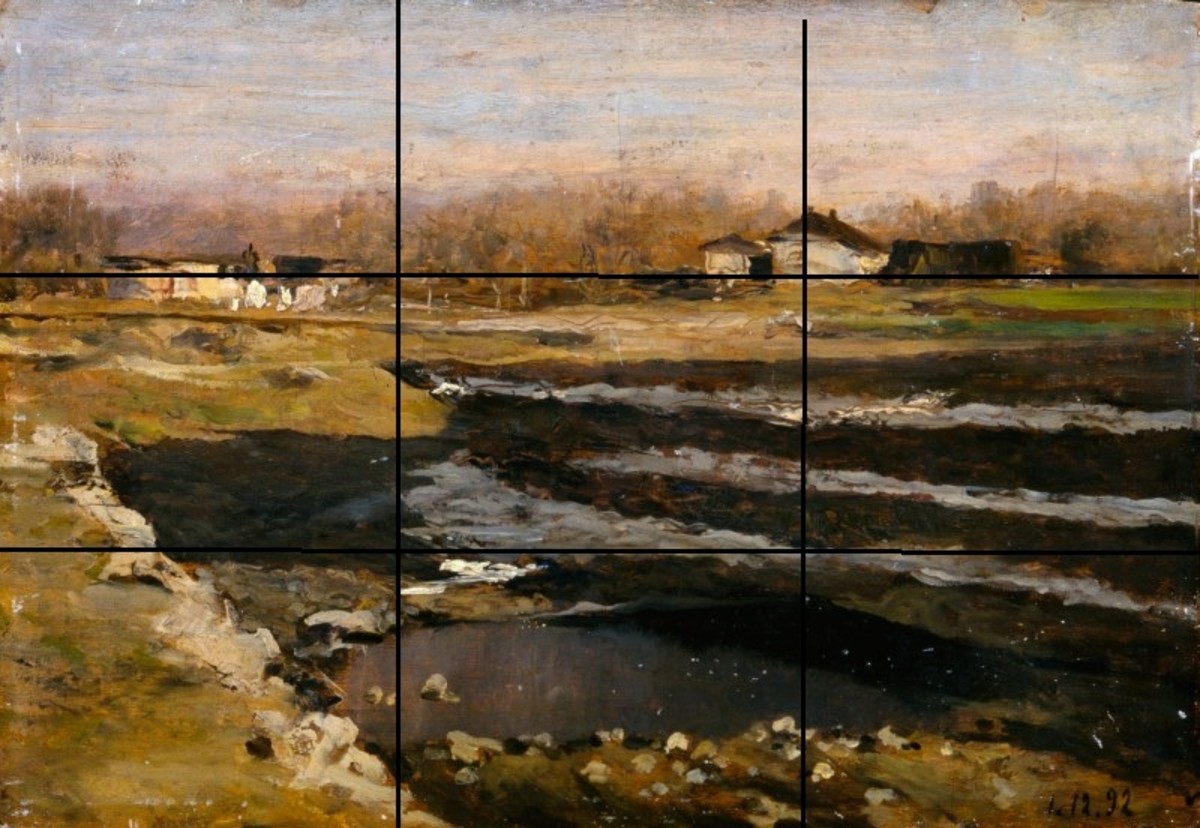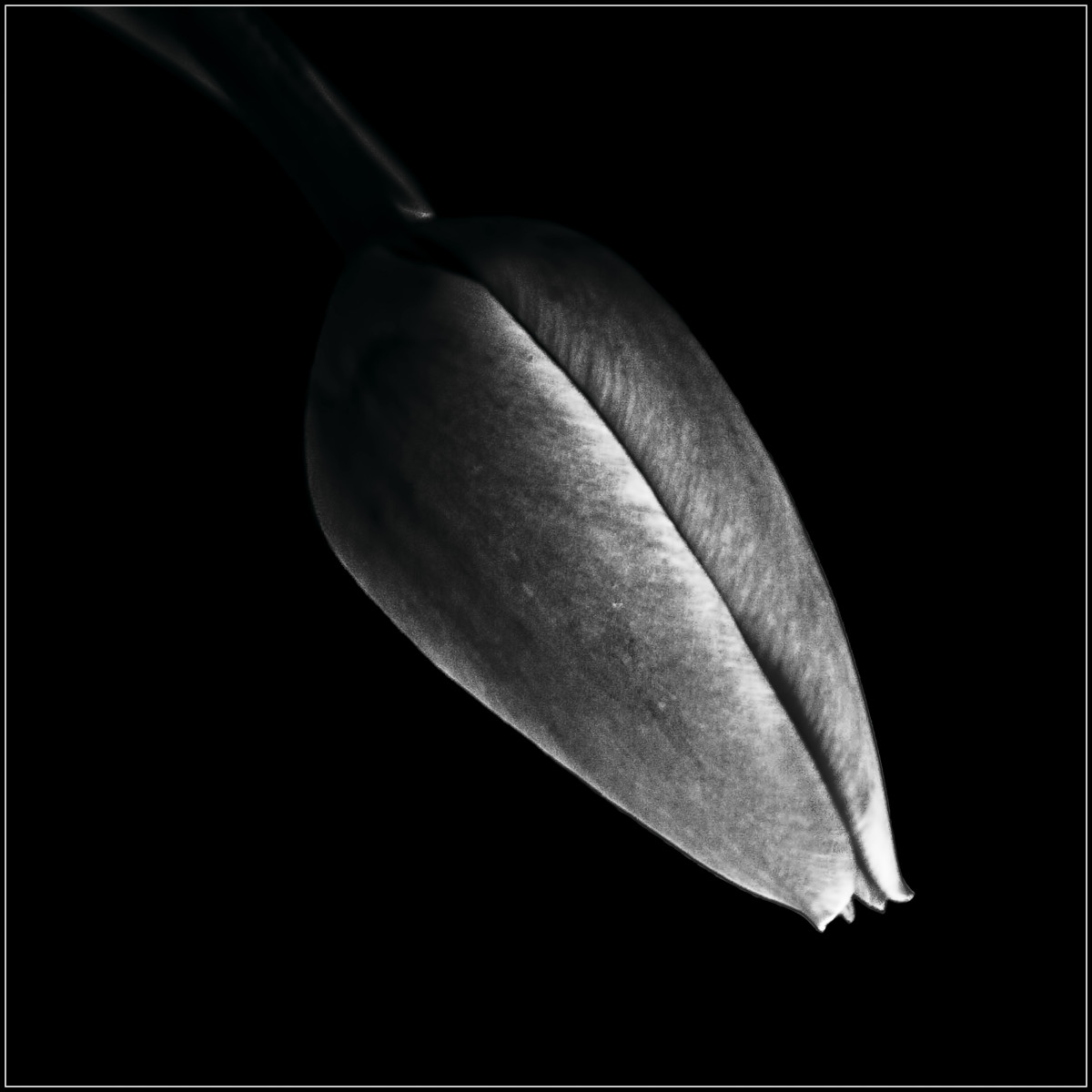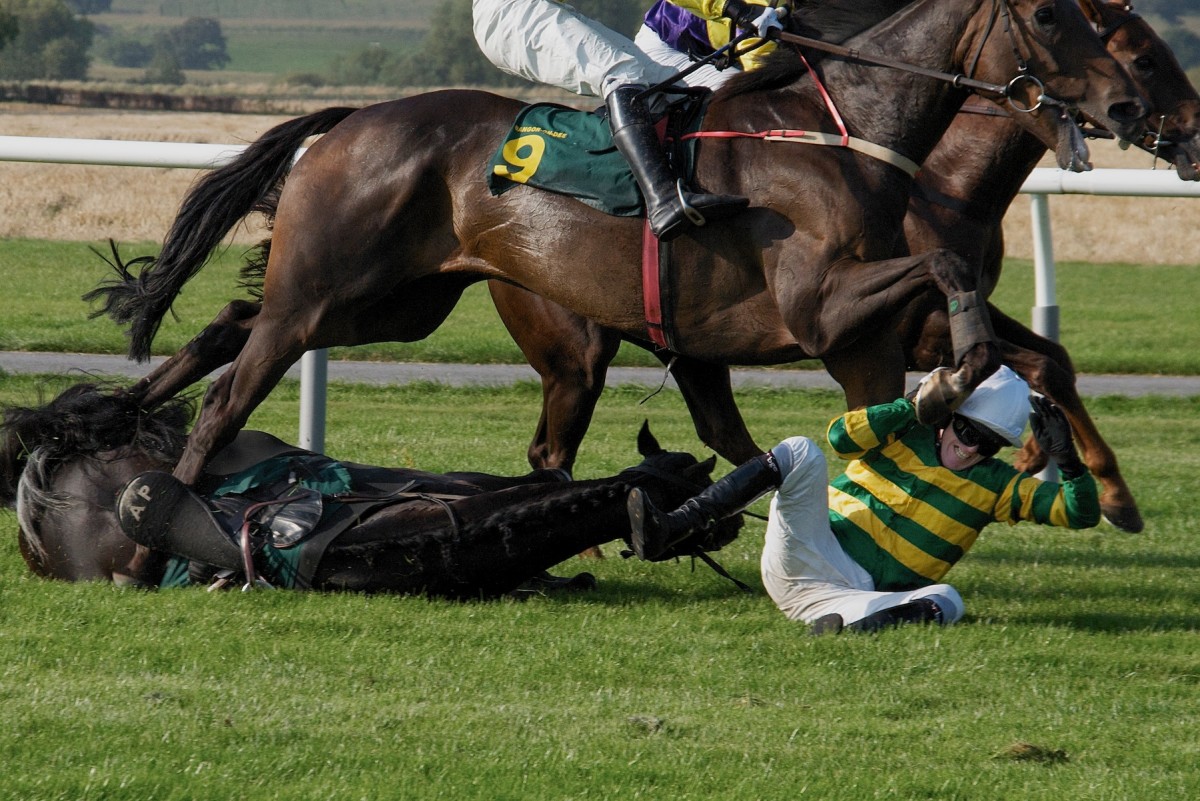Photographic Composition
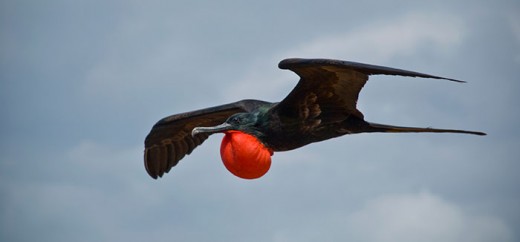
Introduction
Composition is the most important factor in producing an image that will attract the viewer’s attention. However, although it is the easiest to learn of all photographic techniques, it is also the most widely ignored by most amateurs. Composition has a few general rules that can bring out the essence of any image. Applying one or more of these rules can impact a photograph that would otherwise remain ordinary.
The Rule of Thirds
Ask any seasoned photographer about composition and the first thing out of his mouth will be the “Rule of Thirds”. This rule can be observed in graphic imagery that is encountered daily. Advertisements, television programs, movies and illustrations all use this technique to please the eye of the viewer.
The application of the “Rule of Thirds” is simple. While looking closely through the viewfinder of the camera, divide the screen into thirds both vertically and horizontally with imaginary lines. Now place the main subject at one of the points where these lines intersect. Which point is selected will depend on where the object will appear most comfortable. If it is some form of living creature, it is best to have the subject looking into the larger image area. Move the camera around until a suitable position is found where the main element produces a smooth movement of the eyes. Practice this with several images until it becomes a natural part of the photographic process.
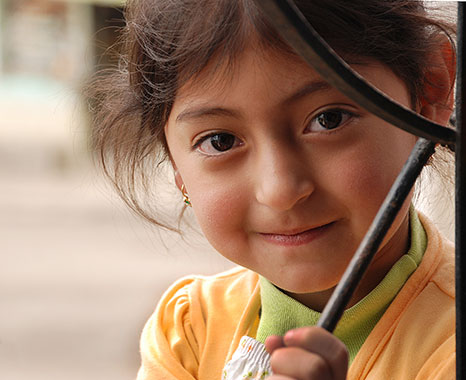
Depth of Field
The principal purpose of composition is to emphasize the main subject of the image while moderating the affects of the immaterial areas. This is very easily accomplished using depth of field. By selecting the appropriate aperture value the photographer can maintain sharpness in the prime subject while rendering the insignificant areas a soft blur. This is especially effective in portraiture and wildlife photography. However, it must be kept in mind that it is of particular importance in these subjects to keep the eyes in the sharpest focus.
Isolate the Subject
One of the common mistakes made by amateurs is to remain too far from the prime subject. By doing so, they are including excessive clutter in the image. Take an overview of the scene and decide what is the major point of interest. Once this is determined, move in close to include only those other objects that support the central theme. All extraneous items should be excluded to avoid drawing the viewer’s attention away from the main subject. A good way to practice this is by spending a day using only a wide-angle lens. This will force the photographer to move in close to the center of interest to achieve a quality image.

Be Aware of the Background
Many photographers become so engrossed in looking at the subject that they become unaware of what else may appear within the image area. After they have taken the photograph they notice that there is a tree growing from the top of their subject's head, or a branch coming from the person's ear. The photographer failed to see what was in the background when initiating the image. This can be easily avoided by selecting the background in advance, if possible. Pose your subject in front of an unobtrusive setting, eliminating those unwanted artifacts.
It is also advisable to be aware of other object that can come into question. It is wonderful to take an outdoor portrait of a couple. The lighting can add so much warmth to the finished image. The subjects are placed in front of a soft setting and the image is exposed. It then comes to the attention of the photographer that there is an unattached set of fingers at the waist of one of the models, or perhaps there is a disembodied hand on the shoulder of someone. When taking photos of two or more people, always keep that extra hand out of site.
Frame the Subject within the Environment
There are many instances when irrelevant objects can be used to the advantage of the photographer. If there are trees, columns, doorframes, etc., bounding the subject, use those objects to frame the central image. A typical example would be trees that lie to the left or right of the prime subject. Use these items as a frame, drawing attention to the object of interest. Overhanging branches, rocks, and other articles are great for framing outdoor scenes. A good rule of thumb is, “If you cannot remove it from the image, make it part of the image”.
Related Material
Look for an Interesting Viewpoint
Many photographers capture all of their images from the same viewpoint: standing. If the object is smaller than them, the photo is taken from a higher angle. If the subject is taller than the viewer, the camera is looking up. This is a very common mistake and result in very common photographs. To produce more interesting images it is necessary to find the proper viewpoint.
If children are the subjects of interest, get down to their level, or perhaps at a slightly lower point to render them as taller. If taking photos of flower, do not look down on them; lower the camera to the same height. Many photographers will crawl around on their bellies or climb trees to acquire the proper vantage point. Be imaginative.

Leading Lines
Some of the more popular outdoor scenes have winding roads leading up to small cottages on picturesque knolls. The artist has used that winding road to lead the viewer’s eyes to the prime subject. This can be accomplished in many ways. Branches can be utilized to draw attention to a small bird, or a stream can lead the viewer into a grove filled with feeding deer. By being aware of leading lines within the image area, the photographer can maneuver the observer to the central theme. Be aware of the surroundings.
Conclusion
Millions of people today take snapshots of everything from family photos to vacation spots. These images are memories and are valued by the individuals who had the experience. However, to make an image more than a snapshot, it is necessary to draw the viewer into the scene so that they can experience the moment along with the photographer. Composition is a means of accomplishing that feat. Practice a few of these rules and see if some those snapshots become works of art.
One last comment: Remember that "Rules are Made to be Broken", but only if they add to the impact of the image.
Other Articles by this Author
- Has Digital Photography Made Us Lazy?
Hats in Open Market I can remember when I was eight years old, rising early on Christmas morning to discover that Santa had left behind an unexpected gift. I anxiously shredded the brightly colored paper to... - Milpe, an Oasis in the Rainforest
Milpe Bird Sanctuary The Milpe Bird Sanctuary lies in the Los Bancos-Milpe rainforest valley in the western foothills of the Andes Mountains in Ecuador. It is one of the Mindo Cloudforest Foundation... - Club-winged Manakin - Tropical Rainforest Casanova
Club-winged Manakin (Machaeropterus deliciosus) The tropical rainforests of South America entice many naturalists to observe the abundant treasures that are hidden within its canopies. There is, however, one...
Related Links
- The Birds of Ecuador
Blog and photographs of the birds of Ecuador - Discovering the Birds of Ecuador
Birding locations in Ecuador


